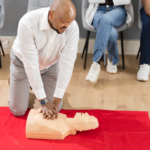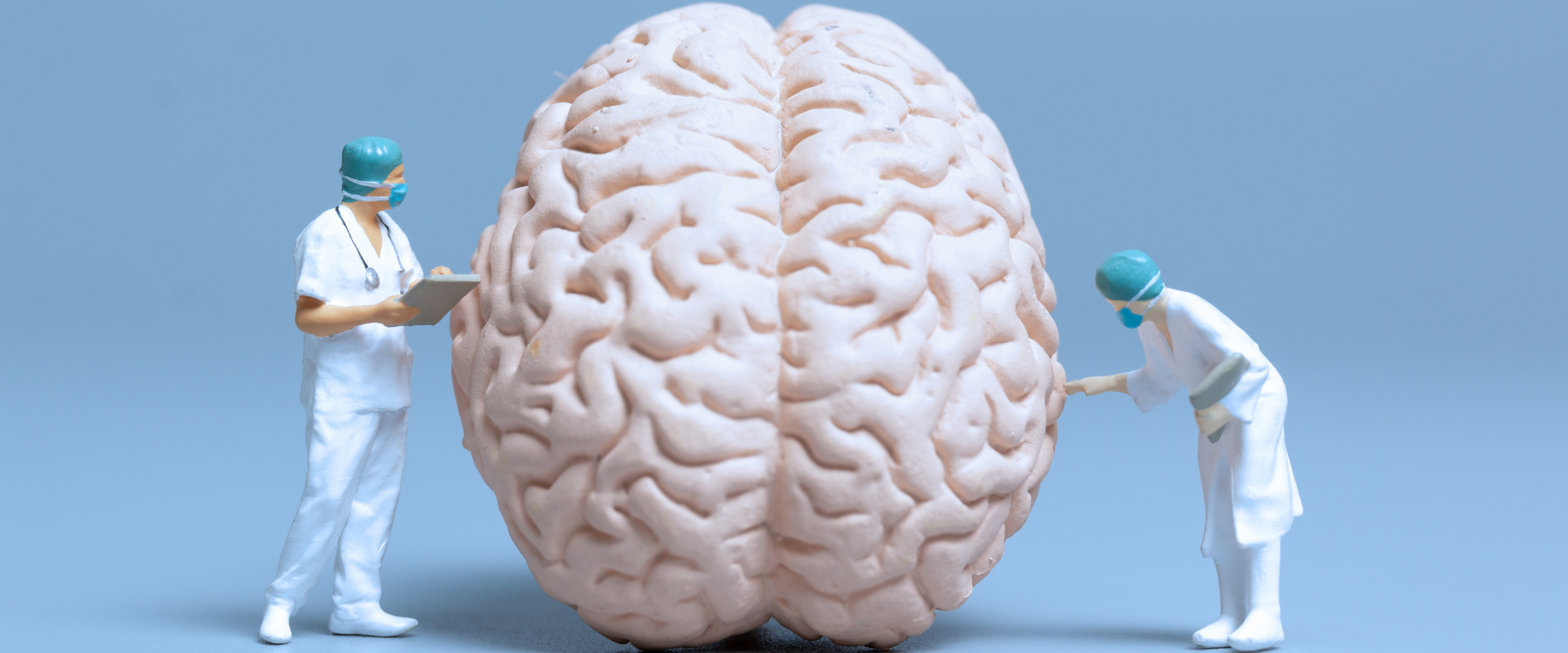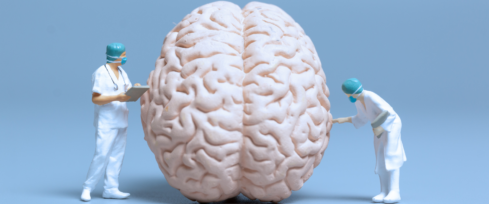Traumatic Brain Injuries: A Common Outcome:
A traumatic brain injury, commonly known as head injuries, are a frequent outcome in accidents involving children and teenagers. These injuries are the leading cause of permanent brain damage and death in this age group.
What Parents Need to Know:
Not Every Head Injury Leads to a Concussion:
- Parents often underestimate minor head injuries, especially in active children involved in sports. It’s essential to recognize that not every head injury results in a concussion; some may be more severe. Understanding the various types, including severe, moderate, and mild head injuries, is crucial.
Certain Age Ranges Are More Vulnerable:
- While all children face the risk of TBIs, the CDC highlights two significant age groups with higher susceptibility—children aged 0 to 4 and 15 to 19. Toddlers are still mastering physical activities, and teenagers engage in activities that increase the risk of accidents.
Symptoms Are Not Always Obvious:
- Identifying TBI symptoms can be challenging, especially in younger children who may struggle to communicate discomfort or pain. Symptoms vary from physical signs like headaches and vomiting to cognitive and emotional changes such as confusion, irritability, and mood swings.
Always Diagnose Any Form of Head Injury:
- Regardless of how insignificant a head injury may seem, seeking a medical evaluation is crucial. Diagnostic tests, such as X-rays, CT scans, and MRIs, can detect potential damage that may not be immediately apparent.
Treatment and Recovery:
- Advances in technology and neurological science have made treating TBIs more accessible. Treatment options range from surgery in severe cases to rest, observation, and pain management for milder injuries. Recovery varies in duration and may involve addressing issues like loss of muscles, incoherent speech, and concentration challenges.
Conclusion:
Being informed about traumatic brain injuries empowers parents to prioritize their child’s safety. As we transition into autumn, a season of change, let us carry this awareness forward. Recognising the signs, seeking prompt medical attention, and supporting our children through recovery are essential steps in ensuring their well-being.

First Aid Treatment for Burns
First Aid Treatment for burns, (any second degree or third degree burn requires medical attention ASAP!) Remove the person from the hazardous area. Cool down the burn site for at least 15-20 min under running water – this is the golden rule. Meat (flesh) continues to cook even when it is removed

Mental Health Day
We all have ‘mental health’, just as we all have ‘physical health’. And just like our physical health, we can all have times when our mental health is better than others. World Mental Health Day is a day of awareness that is observed on the 10th of October every year.

SHOP
Check out our online shop! Purchase our LATEST LAUNCH, our Online Baby and Child CPR and First Aid Course and start learning from your device at home and anywhere in the world! You can also purchase our popular Family First Aid Kits and we also offer Digital Gift Vouchers for any of

Family First Aid Kit
The Family First Aid Kit has been put together by Trauma and ICU experts to ensure your family outings always give you peace of mind.

Adult CPR & First Aid Course
Adult CPR & First Aid Course Our CPR and First Aid Course will provide you with Adult CPR and standard first aid information to meet all the requirements for certification. You will learn the appropriate skills and techniques to handle a variety of situations, from unresponsive victims to serious wounds.

CPR for Professionals Course
The Resuscitation Council CPR for Professionals Course is designed for medical professionals (physiotherapists, chiropractors, homeopaths, doctors, nurses, dentists, pharmacists etc), who are registered with the Health Professions Council of South Africa. Members of the public are also allowed to attend this course. Medical professionals who need to learn or stay

Basic Life Support Course
Basic Life Support Course This American Heart Association Course is designed for medical professionals (physiotherapists, chiropractors, homeopaths, doctors, nurses, dentists, pharmacists etc), who are registered with the Health Professions Council of South Africa. Members of the public are also allowed to attend this course. UPCOMING COURSE DATES advanced life support
Burns: do you know the different types & how to treat them?
With National Burn Awareness Week (6-12 May) still top of mind, as well as the knowledge that as we approach winter our children will be increasingly exposed to heating appliances and fires, we asked Sr. Catherine Rodwell from Survival CPR to break down the different types of burns and explain



